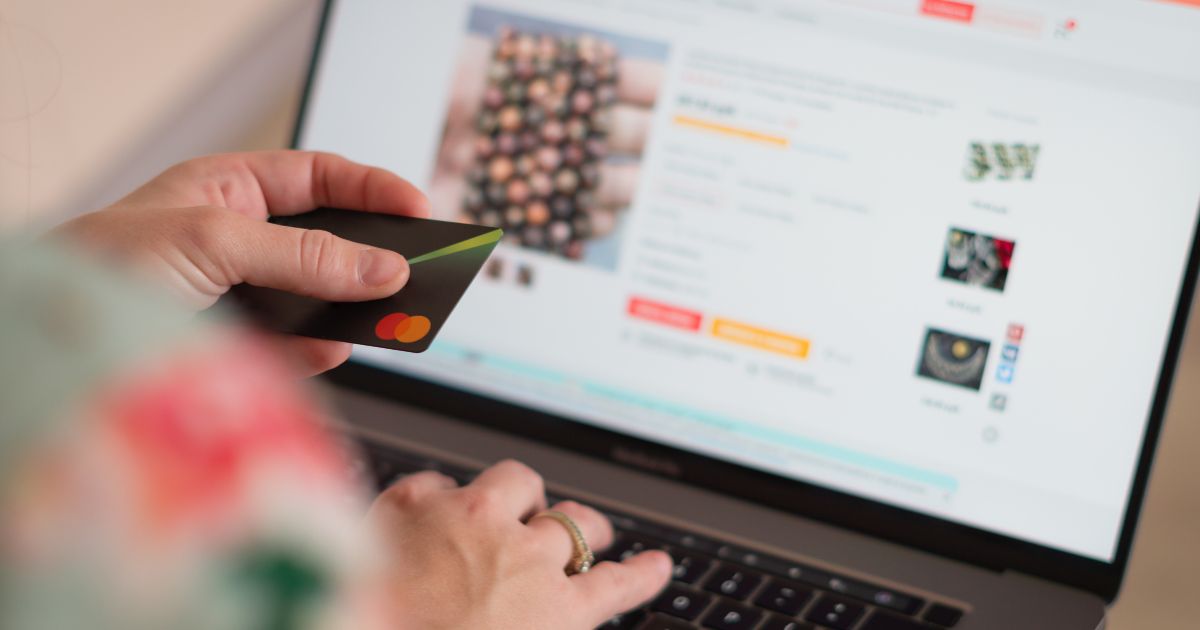Looking to start or grow your online business in the Philippines? With the booming e-commerce industry, selling your products online has never been easier. However, with so many platforms to choose from, it’s important to pick the one that best suits your product type, business goals, and target market.
In this guide, we’ll explore 7 of the best online platforms to sell your products in the Philippines. These platforms are chosen based on market reach, ease of use, seller features, and popularity among Filipino entrepreneurs.

1. Lazada – Best for Big Market Reach
Lazada remains one of the most powerful e-commerce platforms in Southeast Asia. Owned by Alibaba Group, it provides a trusted and scalable environment for online sellers. Lazada allows you to reach millions of potential buyers across the Philippines and offers extensive support to help you grow your business.
For new sellers, Lazada offers a Seller Center where you can manage inventory, process orders, and track your performance. It also provides logistics and payment integration, so you don’t need to worry about third-party shipping or collection.
- Pros: Massive customer base, regular platform-wide campaigns, strong logistics network, and robust seller tools.
- Cons: High competition, commission fees, and advertising costs for more visibility.
2. Shopee – Best for Beginner Sellers
Shopee is a mobile-first platform that quickly became a household name in the Philippines. It’s especially appealing to small business owners and beginners because of its low entry barrier and user-friendly tools. Shopee offers built-in logistics (Shopee Xpress), secure payments, and promotional support.
Unlike other platforms, Shopee puts a lot of emphasis on vouchers, flash deals, and free shipping promos, which attract budget-conscious Filipino buyers. Sellers benefit from exposure during regular mega sales, such as 9.9 and 11.11 campaigns.
- Pros: Easy setup, mobile-friendly interface, low seller fees, and helpful seller support.
- Cons: Lower profit margins due to discounts and high competition from resellers and dropshippers.
3. Facebook Marketplace – Best for Local Selling
Facebook Marketplace is a great platform for selling products locally without paying any fees. With over 90 million Facebook users in the Philippines, this tool allows you to list your items directly in front of nearby buyers. It’s particularly effective for secondhand goods, handmade products, and local services.
Since it’s integrated with Facebook Messenger, you can directly communicate with interested buyers and negotiate prices in real-time. You can also post your listings in local Facebook Groups to expand your reach even further.
- Pros: Zero fees, huge reach, real-time chat with buyers, and ideal for small-scale selling or pre-loved items.
- Cons: No official payment or shipping system, and can attract non-serious or fake buyers.
4. TikTok Shop – Best for Video-Driven Sales
TikTok Shop is a new but rapidly growing platform that allows users to sell directly through short-form videos and livestreams. With TikTok’s massive user base in the Philippines, this is a golden opportunity to showcase your products in a more engaging way.
Content creators and business owners alike are leveraging the platform’s algorithm to reach the right audience. TikTok Shop integrates product links into videos and livestreams, so viewers can instantly buy while watching. It’s perfect for trendy items, beauty products, food, and gadgets.
- Pros: High engagement, ideal for impulse buying, built-in payment system, and creative sales approach.
- Cons: Requires video content skills, consistency in posting, and time investment to grow your reach.
5. Carousell – Best for Secondhand and Niche Products
Carousell Philippines, formerly OLX, remains a top choice for selling used items, gadgets, collectibles, and niche market products. The platform focuses on peer-to-peer selling, and it’s widely used in Metro Manila and other urban areas.
Sellers can post listings for free and engage directly with buyers. Carousell is ideal for people who want to declutter, sell personal items, or test products on a smaller scale before expanding to other platforms.
- Pros: Free listings, easy to use, strong for used or unique items, and community-based selling.
- Cons: Limited payment and shipping support, and lesser reach compared to Lazada or Shopee.
6. Etsy – Best for Handmade and Exported Crafts
Etsy is a global e-commerce platform for handmade, vintage, and one-of-a-kind products. While it’s not Philippines-based, many Filipino sellers use Etsy to reach an international audience, especially for crafts, jewelry, art, and customized items.
Etsy supports cross-border selling, and it provides a well-organized platform for creative entrepreneurs. If you make eco-friendly products, traditional crafts, or personalized items, Etsy can be your gateway to global buyers.
- Pros: Access to global markets, supportive community for artisans, and strong brand recognition for handmade goods.
- Cons: Listing and transaction fees apply, and shipping logistics can be more complex.
7. Zalora – Best for Fashion and Lifestyle Brands
Zalora Philippines is a premier destination for fashion, beauty, and lifestyle products. If you run a clothing brand or sell premium fashion items, Zalora offers a curated marketplace with a focus on quality and style. It appeals to a more fashion-conscious segment of the Filipino market.
They offer end-to-end services including warehousing, order fulfillment, and digital marketing support. Although onboarding can be more rigorous, the platform’s credibility and brand image make it a worthwhile investment for fashion entrepreneurs.
- Pros: Strong brand, curated customer base, professional seller support, and excellent logistics system.
- Cons: Stricter seller requirements, not ideal for low-cost or general products.
Choosing the best online selling platform in the Philippines depends on your product type, target market, and long-term business strategy. Each of these platforms offers unique strengths that can help you succeed online.
Pro Tip: Don’t limit yourself to just one platform. You can list your products on multiple sites to expand your visibility, test your market, and maximize your sales potential.
Now is the perfect time to bring your business online. Whether you’re selling handmade crafts, fashion pieces, or tech gadgets—there’s a marketplace for you.
Which platform are you planning to start with? Let us know in the comments!



